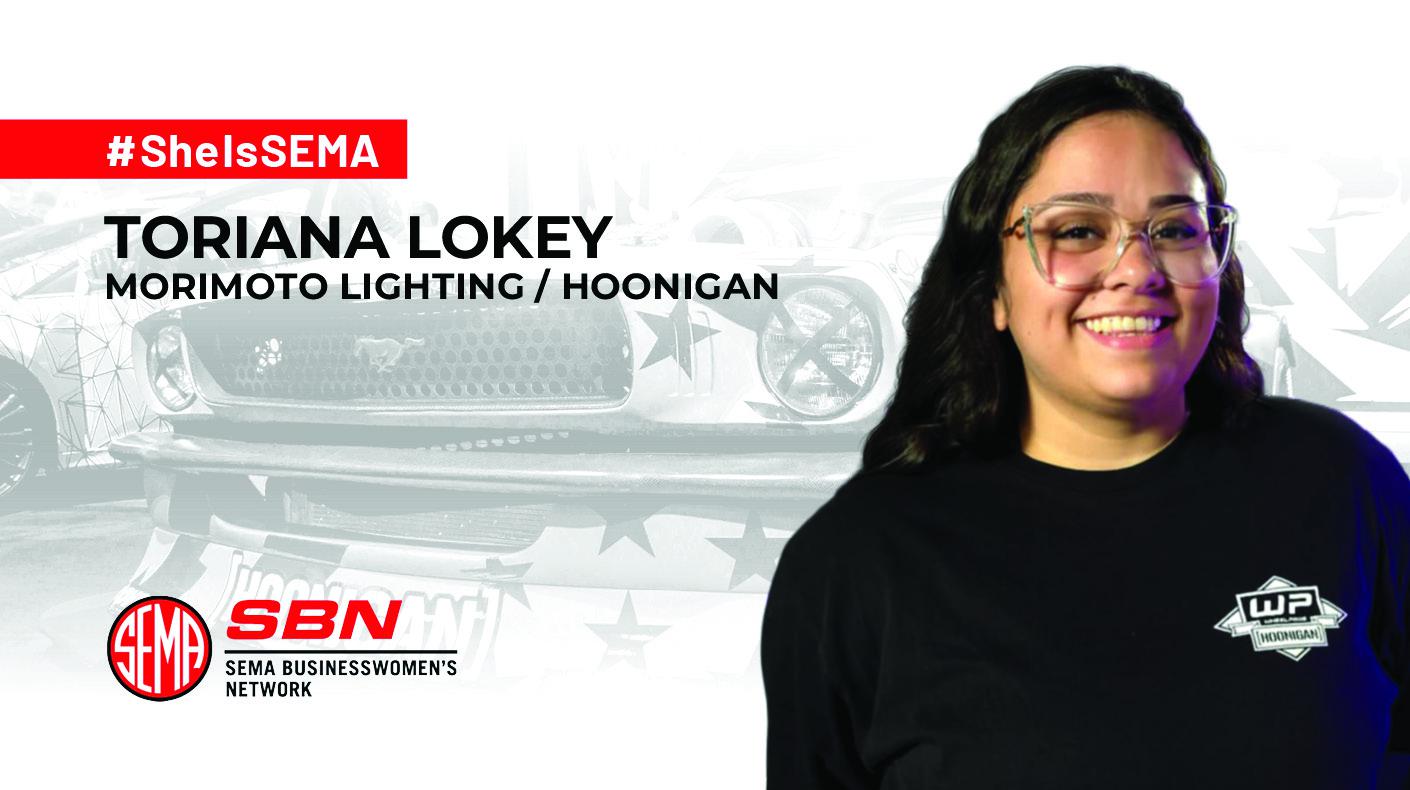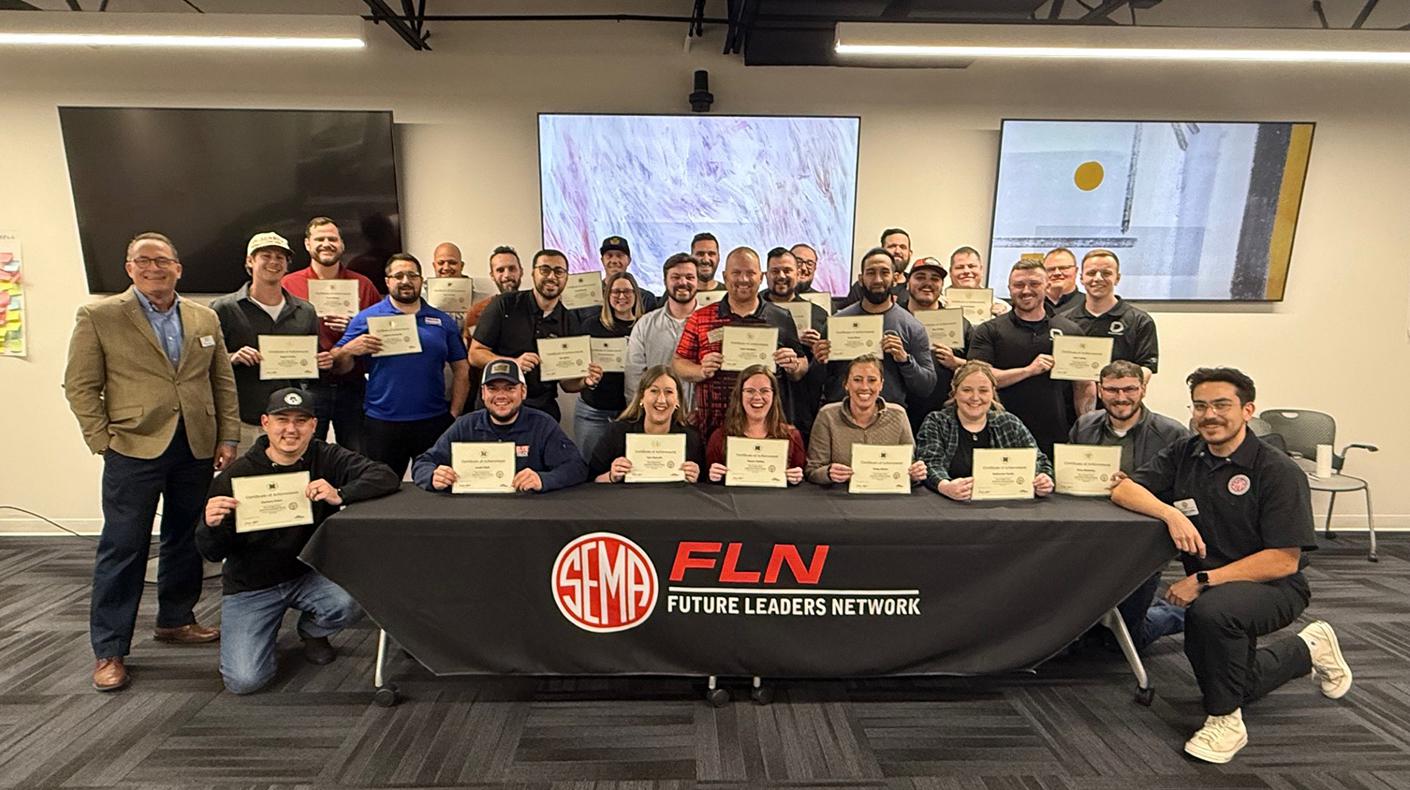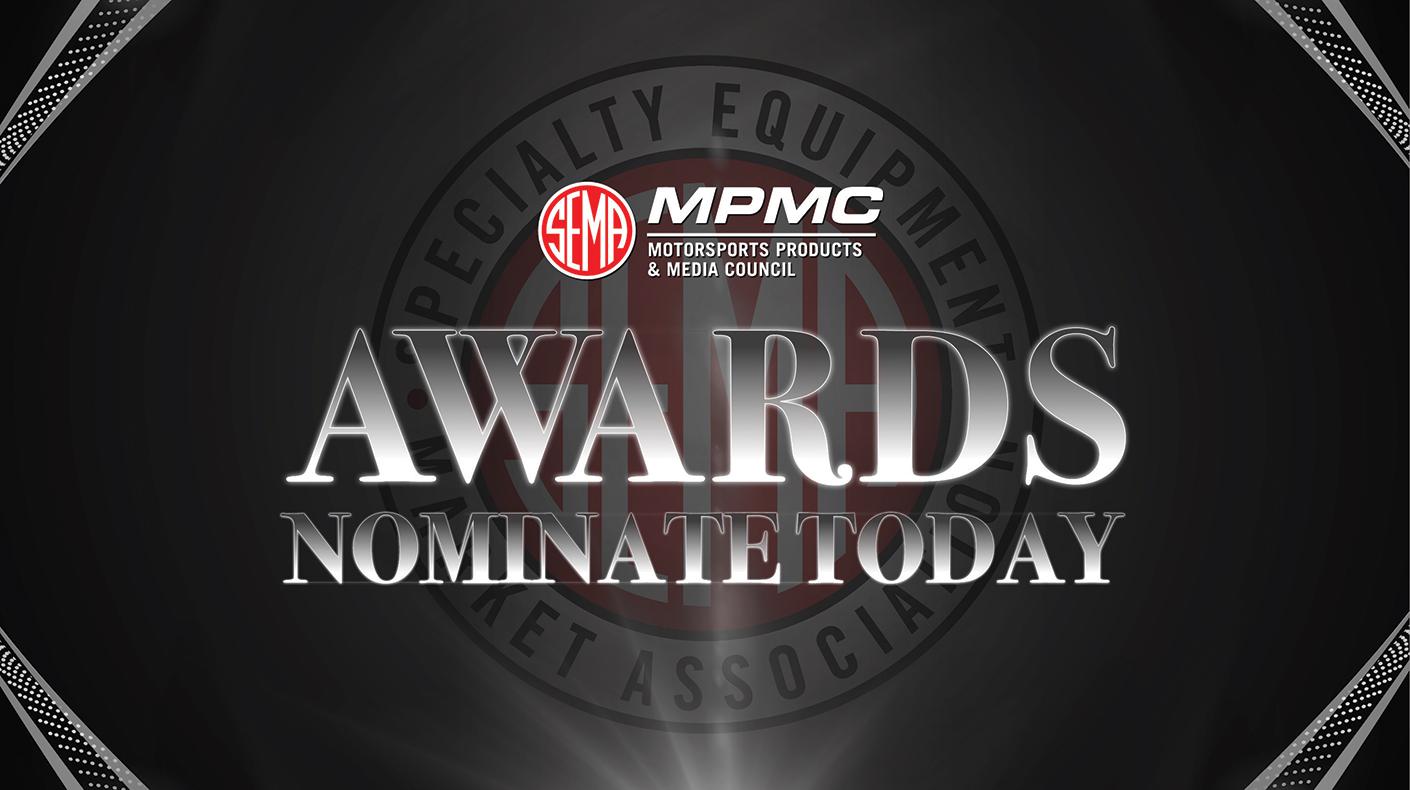
By SEMA News Editors
SEMA and PRI Associate Editor A.J. Hecht attended the NTT INDYCAR SERIES test at the Indianapolis Motor Speedway (IMS) ahead of next month's Sonsio Grand Prix. In addition to fine-tuning setups for the IMS Road Course, multiple teams and drivers had an opportunity to test INDYCAR's new hybrid assist unit, which will make its competitive debut later this year.
While gathering photos and videos to share on PRI's social media pages, Hecht took in some of the sights and sounds from a busy day at the speedway. Read some of his thoughts below:

As someone who first set foot inside the speedway more than 20 years ago, this was not only my first time at the track as a member of the media, but my first time on an active pit lane. Even with just six cars on track, it was anything but calm for the small number of teams taking their first laps with the hybrid unit. Ironically, the only downtime for each team seemed to be when their car was on track.
The moment someone came to a stop in their pit box, the crew would swarm the car with fans, air hoses, umbrellas, screwdrivers, tape, and a plethora of other tools. In the blink of an eye, they'd remove the rear wing assembly, cast aside the engine cover, and get to work. Up close, it's clear that these mechanics and engineers are among the best at what they do.

Another thing that struck me while wandering the mostly empty facility was how truly massive it is. IMS has always felt huge, of course, but never as big as it did when I walked from the north end of pit lane, near the end of the Tower Terrace, all the way to the Pagoda. Normally when I'm at the speedway, I'm there with more than 300,000 other race fans. On my stroll back from turn one of the road course, I didn't see a soul. Well, aside from Sting Ray Robb, Romain Grosjean and Tom Blomqvist, who all blew by me down the frontstretch at nearly 200 mph.
As for the productivity of the test, you wouldn't know that some of the teams were taking their first laps with the new hybrid technology onboard. Everything seemed to be business-as-usual and issues--if there were any--were minimal. From my perspective, that says a lot about the level of preparation from not only the teams but also the series and suppliers that are providing the components for this important new equipment.






